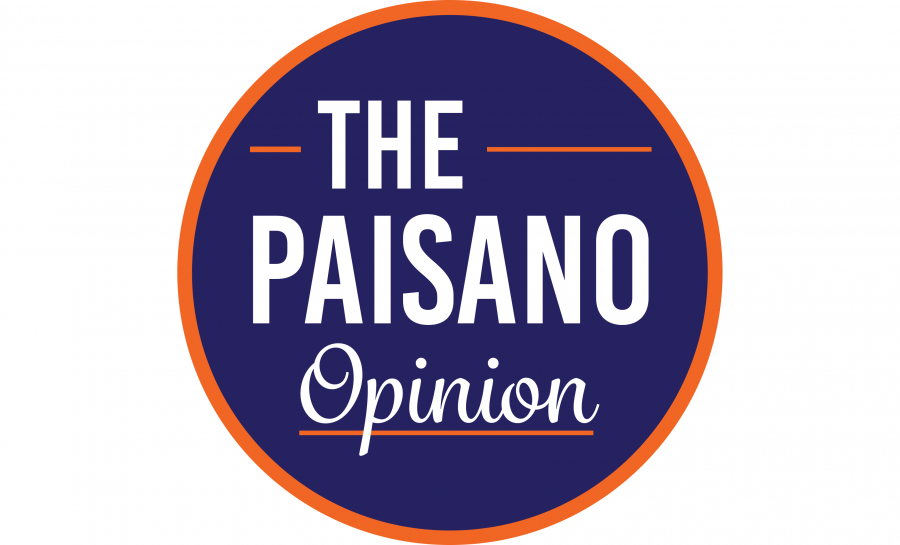Despite the stated claims of UTSA administration, demolishing the Texas Pavilion will be a mistake. The best use of the property is the continued maintenance and revitalization of the structure and its satellite buildings so Hemisfair’s largest surviving pavilion persists long into the future.
The Texas Pavilion was conceived of as a permanent structure from its initial design. Indeed, since it became a UTSA property in 1969, it has lived a colorful “life.” It quickly became synonymous with the Institute of Texan Cultures (ITC), the museum it houses. From 1972 until 2019, the ITC hosted the annual Texas Folklife Festival. What made Folklife special was the way it brought cultural education to the community through experience. Visitors had a chance to experience traditional arts and cuisine from each of the many cultural groups that make up Texas’ population. The property was also home to the local Asian Festival until that event relocated to the UTSA Downtown campus in 2023. Both festivals brought attention, attendance, and a continual sense of timelessness to the museum. The ITC has also been crucial for UTSA’s museum studies program and a portion of the University’s Special Collections.
Fifty-six years after opening, the Texas Pavilion retains its unique value as a landmark and local fixture, even hosting important events such as naturalization ceremonies for new citizens. A 2022 assessment carried out by the Raba Kistner engineering firm at the request of UTSA revealed that the building is in good shape as well. University officials have subsequently made statements contradicting these results, but the fact remains that the building is structurally sound. With proper maintenance, it can persist into the future. In January of this year, the Conservation Society nominated the Texas Pavilion for addition to the National Register of Historic Places (NRHP). Although placement on the NRHP does not protect a structure from demolition, it makes preservation a more attractive option in tax incentives the University can’t take advantage of as a state institution.
Demolition of the Texas Pavilion will call into question UTSA’s values as a Hispanic-serving institution, given it is the only downtown building designed by a Mexican-American. William Merriweather Peña was one of the lead architects for Caudill Rowlett Scott, the architectural firm that designed the pavilion. Although Peña’s surname was left out of the firm’s name to avoid the racial tensions of the 1960s, he was instrumental in designing and constructing the pavilion. Choosing to demolish his work for convenience and profit would send a message counter to the one UTSA hopes to send about the value of Hispanic accomplishments in the community.
There is also the Hemisfair revitalization effort to consider. San Antonio has spent the last several years redeveloping the former World’s Fair site while making heavy use of the Hemisfair name, so it is only logical that original structures remain within the area if possible. Very few pavilions remain and not all of those in existence are in good condition; the Women’s Pavilion, for example, is located within walking distance of the Texas Pavilion but is in poor condition due to years of neglect. The Texas Pavilion itself is in good condition, and it forms a boundary of sorts for the Hemisfair footprint. It makes little sense to demolish a piece of Texas History to build a stadium, as the city intends, almost directly where one already exists (the Alamodome).
UTSA is taking steps to assure the public that the Texas Pavilion will receive its due respect as it is razed, but willfully destroying an important piece of history in the name of profits runs directly counter to this supposed goal. The Texas Pavilion is a national landmark, not merely a local one. A university that offers a historic preservation certification program, as UTSA does, should recognize what a grave error it would be to demolish such a landmark when it can be repurposed instead. The Institute of Texan Cultures will Permanently close its doors at the Texas Pavilion in May of this year.













Michael Carroll • Apr 24, 2024 at 2:29 pm
Very well put, Jessica. Personally, I feel ashamed to be the bearer of a Graduate Certificate in Historic Preservation from an institution which eagerly accepts students’ money to share with them the values of preserving our cultural landscape while simultaneouslly destroying their most iconic landmark.